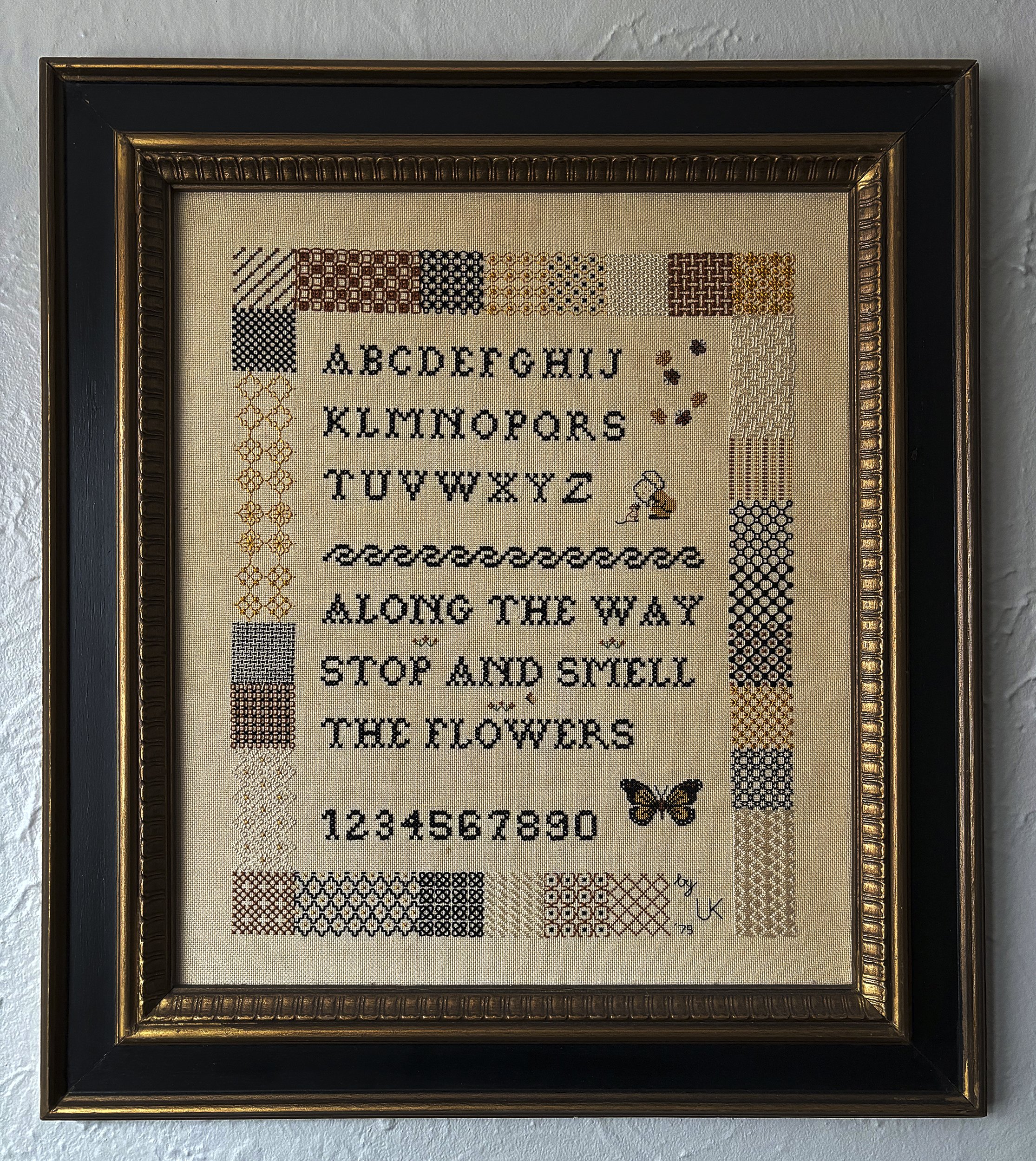Erika’s Attic: Bringing Crafty Fun to your Atelier With No Shame
“Why are you getting so crafty?”, you ask.
With a passion for experimentation, I’ve always sought ways to bridge the gap between the world of fine art and the accessible, hands-on experience of crafting. It was this desire that led me to create Erika's Attic.
Inspired by the idea of the proverbial attic filled with hidden treasures, I envisioned a place where artistic ideas could be explored, appreciated, and enjoyed by a wider audience. Erika's Attic was born as a platform where art and crafting could coexist harmoniously. To do this, I’d like to take a moment to address the stigma behind crafting.
In a world that often celebrates traditional forms of art, such as painting and sculpture, crafting has sometimes been viewed as a lesser form of artistic expression. Historically, it was considered “silly”, or “women’s work”. However, a growing movement is underway to challenge this misconception and recognize crafting as a valuable and legitimate form of art.
Crafting is not merely about producing functional items or simple knickknacks; it's a mode of creative expression that can be deeply personal, intricate, and emotionally resonant. Let's explore the importance of removing the stigma associated with crafting and acknowledging it as a valid artistic endeavor.
A Rich History of Crafting as Art
Crafting has a rich history that extends back centuries, encompassing a wide array of traditions and cultures. From intricate embroidery to exquisite quilting, intricate beadwork, and delicate lace-making, these art forms have been passed down through generations, each piece reflecting the creativity, skill, and cultural identity of its creator.
My mother’s needlepoint passed down to me.
Over time, however, a misconception developed that crafting was somehow less artistic or less meaningful than traditional fine arts like painting or sculpture. This stigma has led to an underestimation of the value and significance of craftwork as an art form. To me, it’s obvious this came about because historically, male artists got commissions & exhibited in galleries while women were shunted to the home.
The Creative Process in Crafting
Crafting is a highly creative and meticulous process. Crafters, just like painters or sculptors, invest significant time and effort in perfecting their techniques and honing their artistic vision. The selection of materials, color choices, and design considerations are all integral parts of the creative process in crafting.
Crafting allows for individual expression through the design and production of items that are both functional and aesthetic. It offers a unique blend of art and utility, where the artist's creativity can be integrated into everyday life.
A Personal Connection
One of the most beautiful aspects of crafting is the personal connection between the creator and the craft. Crafters often pour their hearts and souls into their work, infusing pieces with their emotions, memories, and experiences. This personal touch can be seen and felt in every stitch, brushstroke, or bead placement.
The act of crafting is a form of storytelling, a way to express one's feelings and experiences through the creative medium. It allows for the preservation of culture, traditions, and individual memories in a tangible, artistic form.
The Importance of Recognition
It's crucial to remove the stigma surrounding crafting and acknowledge it as a legitimate form of artistic expression. Recognizing crafting as an art form opens up opportunities for crafters to showcase their work in galleries, museums, and exhibitions. It allows them to receive the recognition and respect they deserve for their creative contributions.
Furthermore, it encourages individuals to embrace crafting as a valid and rewarding pursuit. It empowers people to explore their artistic side, fostering a sense of accomplishment and self-expression.
Crafting as a Path to Inclusivity
By removing the stigma associated with crafting, we pave the way for a more inclusive and diverse artistic community. This change is a call for unity, inviting all artists, regardless of their preferred medium, to come together and celebrate creativity in all its forms.
Crafting is an art form that can be appreciated by individuals of all ages and backgrounds, and it holds the potential to bring people together through shared creative experiences.
In conclusion, the journey to remove the stigma of crafting as a form of artistic expression is an essential step in recognizing and celebrating the creative diversity within our world. Crafting is not just a fun and functional pastime; it is an authentic and meaningful way to express one's artistic vision, emotions, and culture. Embracing crafting as a legitimate form of art encourages a more inclusive, diverse, and enriched artistic community that appreciates and celebrates the full spectrum of human creativity.






